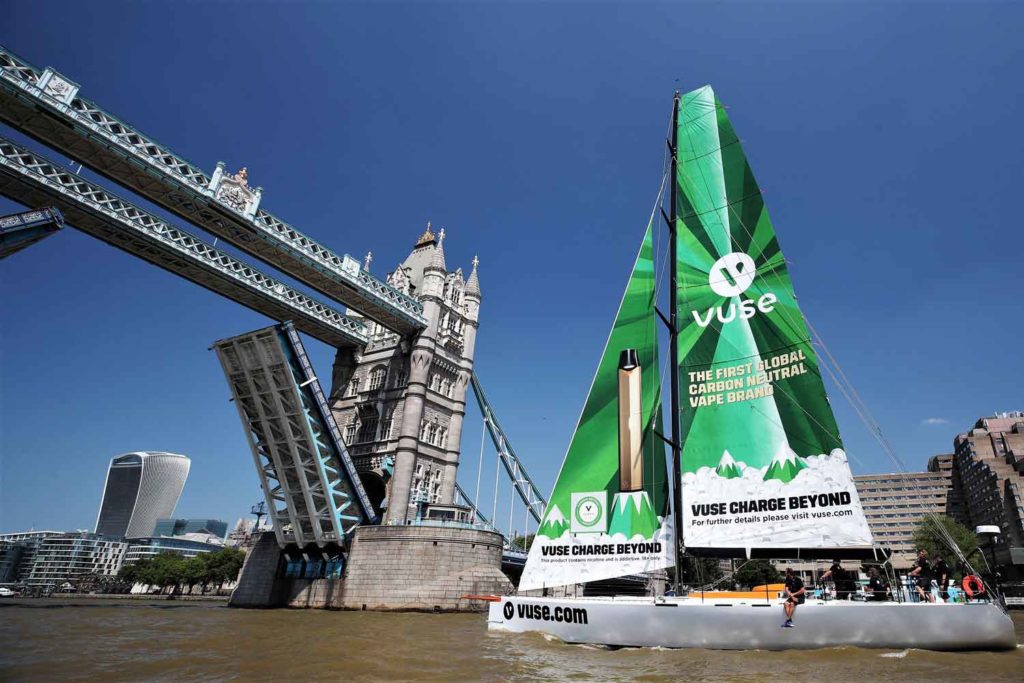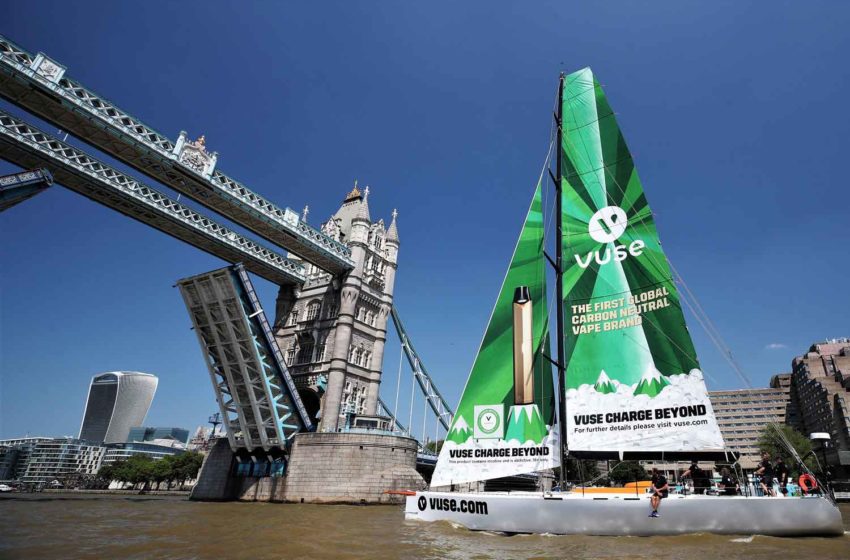
BAT has published its Low-Carbon Transition Plan, detailing the actions it will take to reach its climate targets. This includes halving absolute emissions across its value chain by 2030, from a 2020 baseline, and to be net-zero across its value chain by 2050 at the latest.
“We’re proud to take this latest step in our sustainability journey,” said Kingsley Wheaton, BAT’s chief growth officer, in a statement. “By outlining the measures we will take to live up to our net-zero targets through our Low-Carbon Transition Plan, we’re demonstrating our continuing commitment to building ‘A Better Tomorrow.’ As a global company, we know minimizing impacts across our value chain is the right thing to do, as well as making sound business sense. That is why we have set stretching science-based climate-related targets and continue to embed sustainability across our business.”
BAT has committed to reduce absolute Scope 1 and Scope 2 greenhouse gas emissions by 50 percent by 2030 from a 2020 base year.
According to the CDP, tackling Scope 3 emissions, which are indirect emissions from BAT’s value chain, will be the most critical and challenging for the sector, and it constitutes the majority of BAT’s total carbon footprint.
For these Scope 3 emissions, BAT has committed to reduce emissions by 50 percent by 2030 from a 2020 base year by: partnering with suppliers, especially those contributing the most emissions, to ensure sustainability progress; progressively transitioning from air to sea freight as a lower carbon mode of transport on the occasions that products go by air; collaborating with farmers on carbon-smart tobacco leaf farming and other projects; and fostering circularity throughout R&D, designing for end-of-life processes and promoting eco-design principles.











